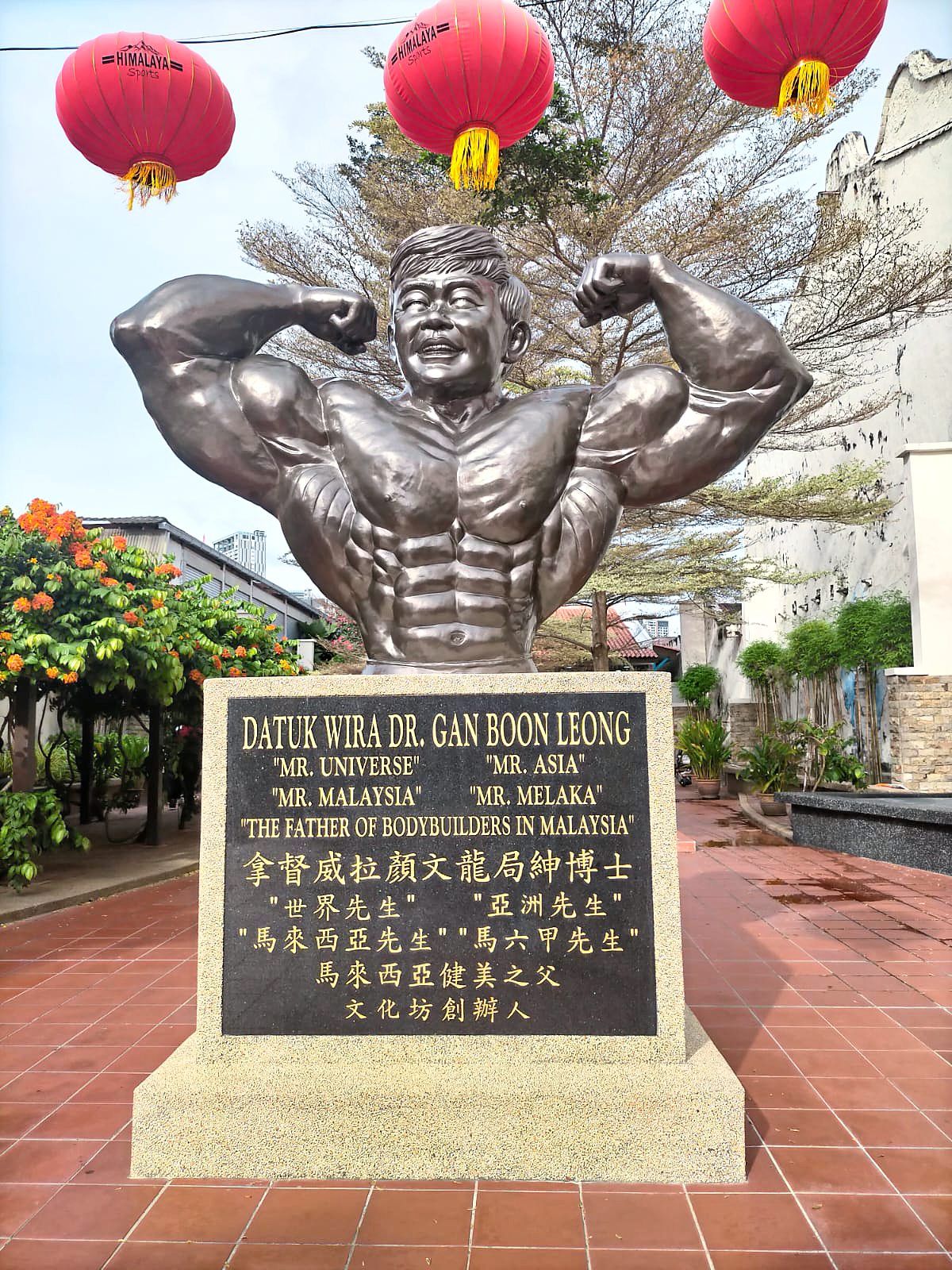The Stadthuys is one of Melaka’s most famous historical buildings. — Photos: EILEEN YONG
Isn't it nice reconnecting with our loved ones, exchanging laughter and endless conversations that we haven’t had in a long time? Well, my family and I embarked on a trip back to Malaysia, my home country, earlier this year.
Having lived overseas for some time already, we were all eager to go back and catch up with friends and relatives. This was during Chinese New Year, too, a time when we celebrate, have parties and eat!
With great anticipation and excitement in the air, I didn’t even sleep a wink before departing for the airport at 4am. Three hours later, with our passports ready to go, we boarded the bustling flight, where the Australian and, subsequently, Malaysian airline crew members greeted us warmly. They stood out with their exceptional friendliness. As the plane hummed to life, it signalled our departure to Malaysia.
Since the night sky was gradually descending when we arrived at Kuala Lumpur International Airport, we hired a taxi to return to our home. On the way, I was captivated by the hundreds of small red lanterns dotting the street, giving off an authentic Chinese New Year atmosphere. Despite the jet lag, I stayed awake, mesmerised by the various shops, street markets and impressive architecture lining the road. It was surreal that we were in Malaysia already.
At the same time, I was also glad that we had a couple of days to rest and settle in before visiting our relatives in Melaka.
Our first destination in the historical state was Jonker Walk. It was absolutely amazing, with loads of food stalls selling all kinds of Malaysian snacks and food like otak-otak – a delectable fish cake with aromatic spices, wanton noodles, asam laksa and popiah, just to name a few. If you want to take home a piece of Melaka, a plethora of souvenir stalls offered timeless and traditional pieces, while the statue of Datuk Dr Gan Boon Leong, the “father of bodybuilders in Malaysia”, made for a memorable photo opportunity.
Nestled close to the vibrant Jonker Walk is the Tan Kim Hock Product Centre, which also has an eatery. This fine establishment serves a delicious Nyonya ABC (a kind of ice dessert) that is sure to tantalise one’s taste buds. With its elaborate two-level layout, and dedicated clear glass floor that offers a glimpse into pre-war architecture, Tan Kim Hock is a must-visit in Melaka.
Later, we went to Stadthuys, or the Red House. This place is significant for many reasons, one of which is that it was built for the Dutch governor when they colonised Malaysia. It currently serves as a museum, showcasing Malaysia’s rich history.
A Famosa is another iconic attraction that you should not miss. It is one of the oldest remaining European architectures in Asia, built by the Portuguese centuries ago to shield them from their opponents, which I reckon explains the winding structure as you enter it.
For a breathtaking view of the Strait of Malacca, climb up to St Paul’s church. Inside the ruins, you will find well-preserved engraved tombstones, while outside, a statue commemorates St Francis Xavier, a renowned Catholic missionary in South-East Asia.
Another main attraction of the trip was the Melaka Butterfly & Reptile Sanctuary, offering a variety of wildlife to admire. From stunning birds to deadly snakes, this is the place for all wildlife enthusiasts. It houses one of the most venomous snakes in the world – the King Cobra – and the Sulcata tortoises, the third largest tortoises in the world.
The place also has a special pond where you can touch koi, or just wait outside for the alligator feeding session. The best part for me is all the butterflies flying around. There were many different types of butterflies, including ones that can only be found in Malaysia: the Malaysia National birdwing butterflies. You can watch them feed on pineapples or get close to one to feel them on your fingertips as you walk through the thousands of butterflies.
During Chinese New Year, you can stay up late and watch spectacular fireworks displays in areas where it is allowed, or from the comfort of your own home. You can watch them each night and admire the displays, which were traditionally used to ward off evil spirits and bad luck. They also symbolise good luck and happiness. It is a wonderful tradition as there were different fireworks on each night.
Overall, Chinese New Year is a great time to visit Malaysia ... well, actually anytime is a good time to visit Malaysia!
The views expressed are entirely the reader’s own.







